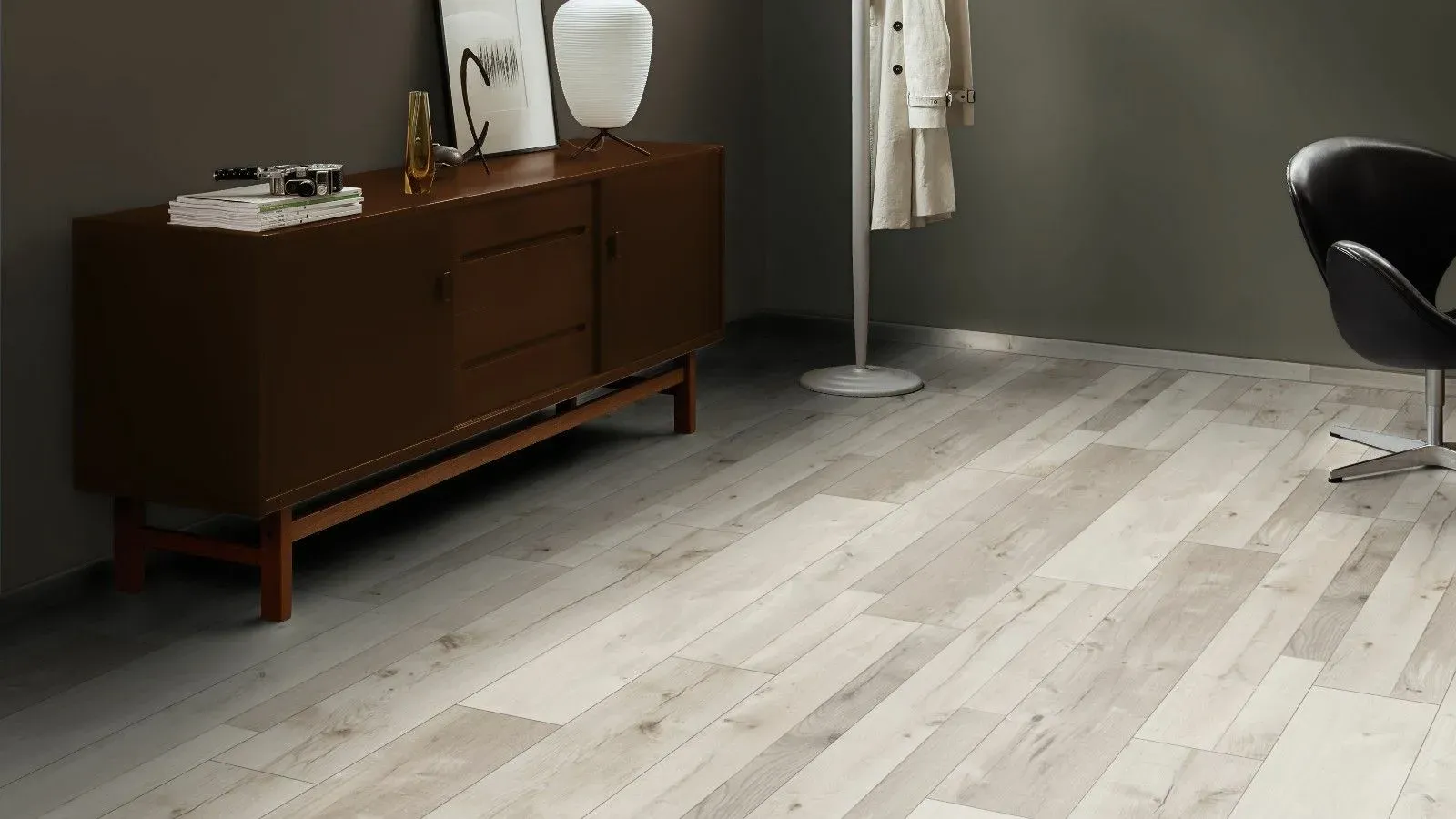traditional skirting board
Traditional Skirting Boards A Timeless Element of Interior Design
Skirting boards, often referred to as baseboards, are an integral part of traditional interior design. These architectural elements serve both functional and aesthetic purposes, enhancing the overall look of a room while providing protection for the walls.
Historically, skirting boards were designed to conceal the joint between the wall and the floor, creating a seamless transition. Their primary function was practical; they protected the walls from wear and damage caused by furniture and foot traffic. However, over time, they have evolved into decorative features that can significantly impact a room's style.
Traditional skirting boards are characterized by their intricate designs and varying heights. Typically made from wood, they can be found in a range of styles, from simple, clean lines to elaborate carvings and moldings. In Victorian and Edwardian homes, for instance, skirting boards often feature ornate detailing, including cornices and fluted patterns. These details reflect the craftsmanship and attention to detail that were hallmarks of those eras.
One of the distinctive aspects of traditional skirting boards is their capability to enhance the overall architectural integrity of a space. A well-chosen skirting board can complement the era of a home, whether it be a Georgian, Victorian, or Arts and Crafts style. For homeowners looking to maintain historical accuracy, selecting the appropriate profile and height is crucial. For instance, a Victorian home may benefit from a taller and more ornately decorated skirting board, while a Georgian home might look best with a more restrained and elegant design.
traditional skirting board

In contemporary interiors, traditional skirting boards continue to hold relevance. Many modern designs incorporate vintage or period-inspired elements as a way to add character and depth to otherwise minimalist spaces. The contrast between sleek, modern decor and ornate skirting boards can create a striking visual appeal.
Moreover, skirting boards can be painted or stained to match or contrast with the rest of the room's decor. White or light-colored skirting can provide a fresh look when paired with darker wall paints, while wood-stained skirting can add warmth to neutral tones. The choice of finish plays a significant role in how skirting boards influence the room's ambiance.
Installation of skirting boards, traditionally done by skilled craftsmen, can now also be a DIY project for homeowners. Modern materials, such as MDF, have made it easier and more affordable for homeowners to add this decorative element to their interiors without compromising on style.
In conclusion, traditional skirting boards are much more than mere functional elements; they are vital components that enrich the design narrative of a space. Their ability to blend functionality with artistic elegance ensures that they will remain a cherished aspect of interior design, transcending trends and continuing to elevate homes around the world. Whether restoring a historical property or updating a contemporary space, skirting boards remain a timeless choice that speaks to the enduring beauty of traditional craftsmanship.
-
Waterproof Advantages of SPC Flooring Vinyl in KitchensAug.06,2025
-
SPC Hybrid Waterproof Flooring Thickness GuideAug.06,2025
-
Leveling Subfloor Before My Floor SPC InstallAug.06,2025
-
How Mesh Deck Skirting Improves Outdoor Pest ControlAug.06,2025
-
Choosing the Right Commercial Flooring for Your Business NeedsAug.06,2025
-
Choosing the Best Residential Flooring: A Comprehensive Guide to Style, Durability, and ComfortAug.06,2025




